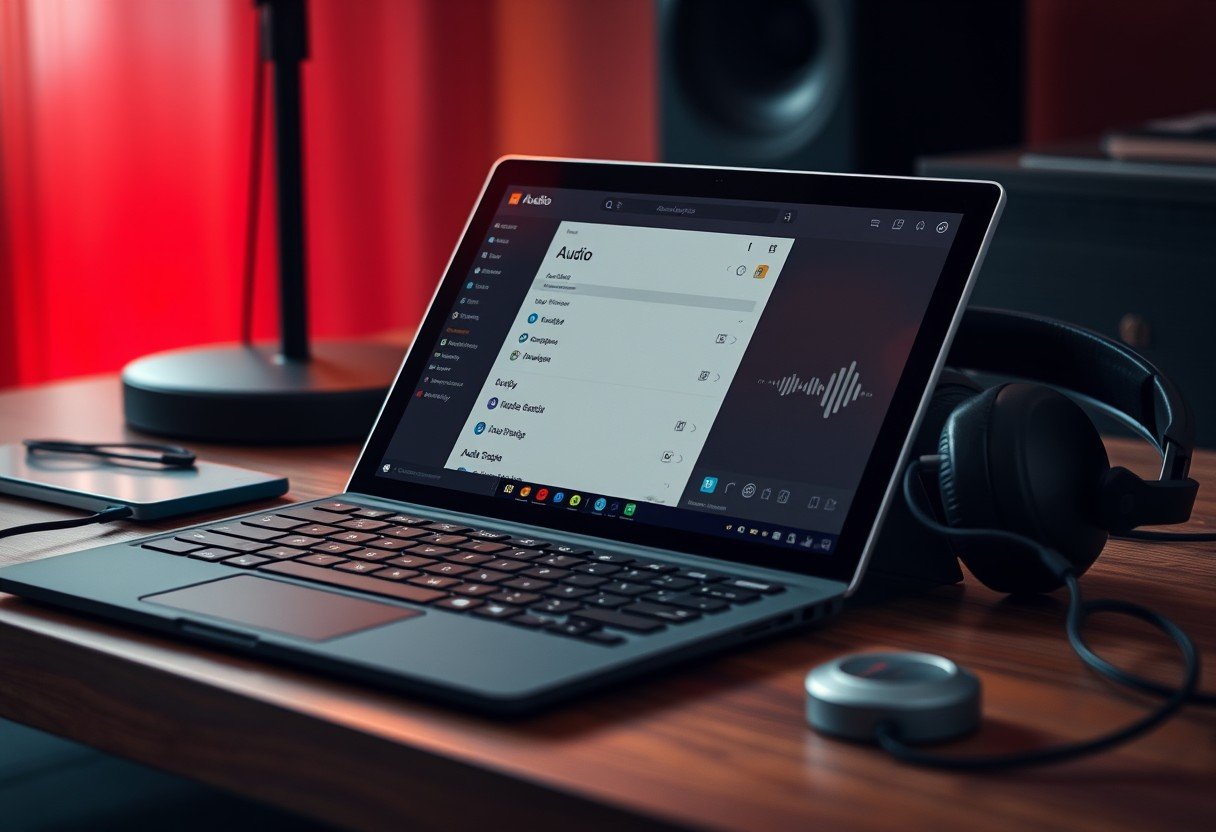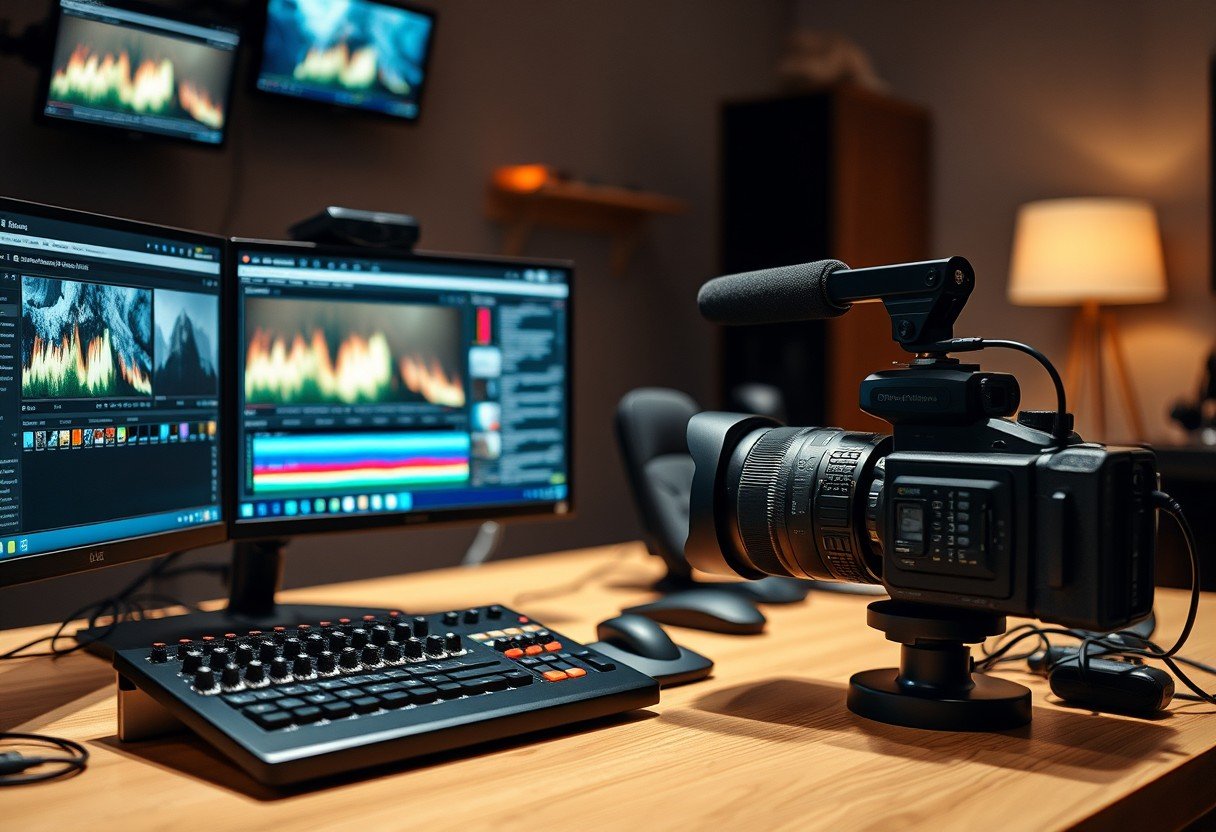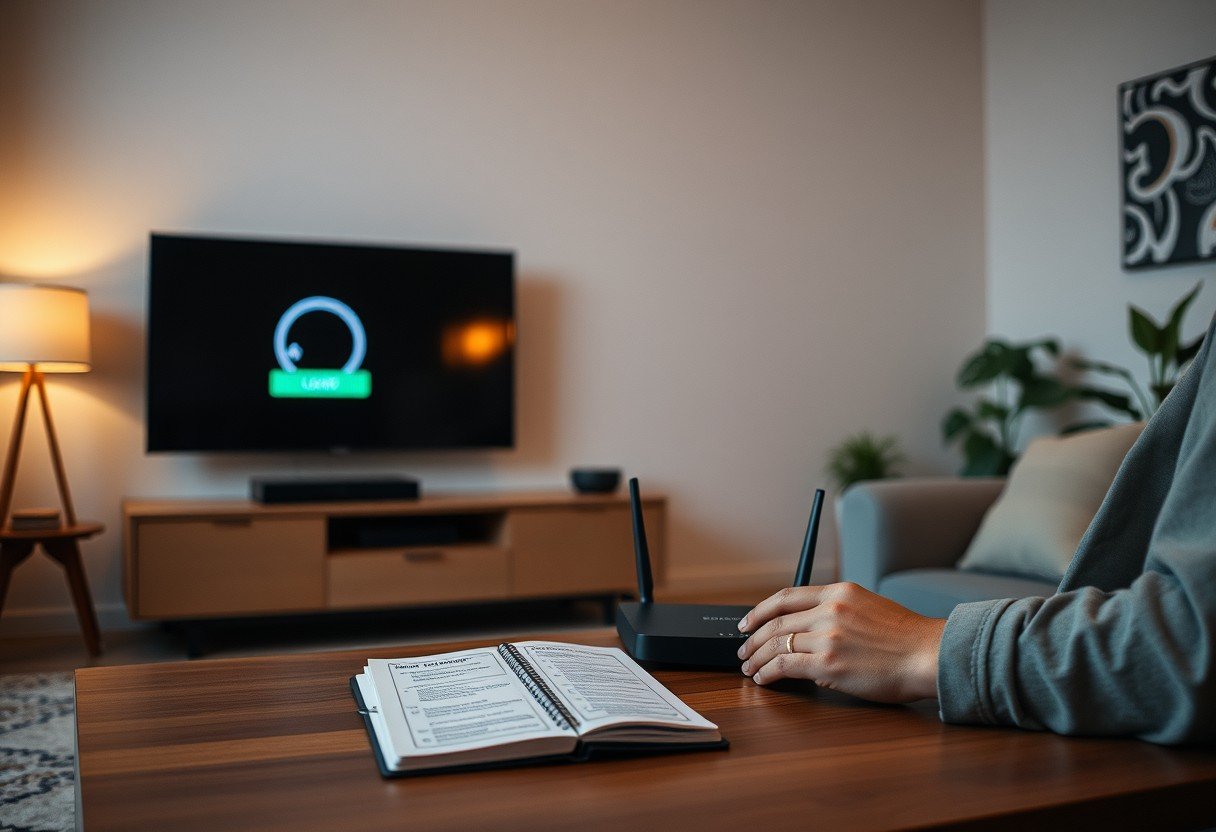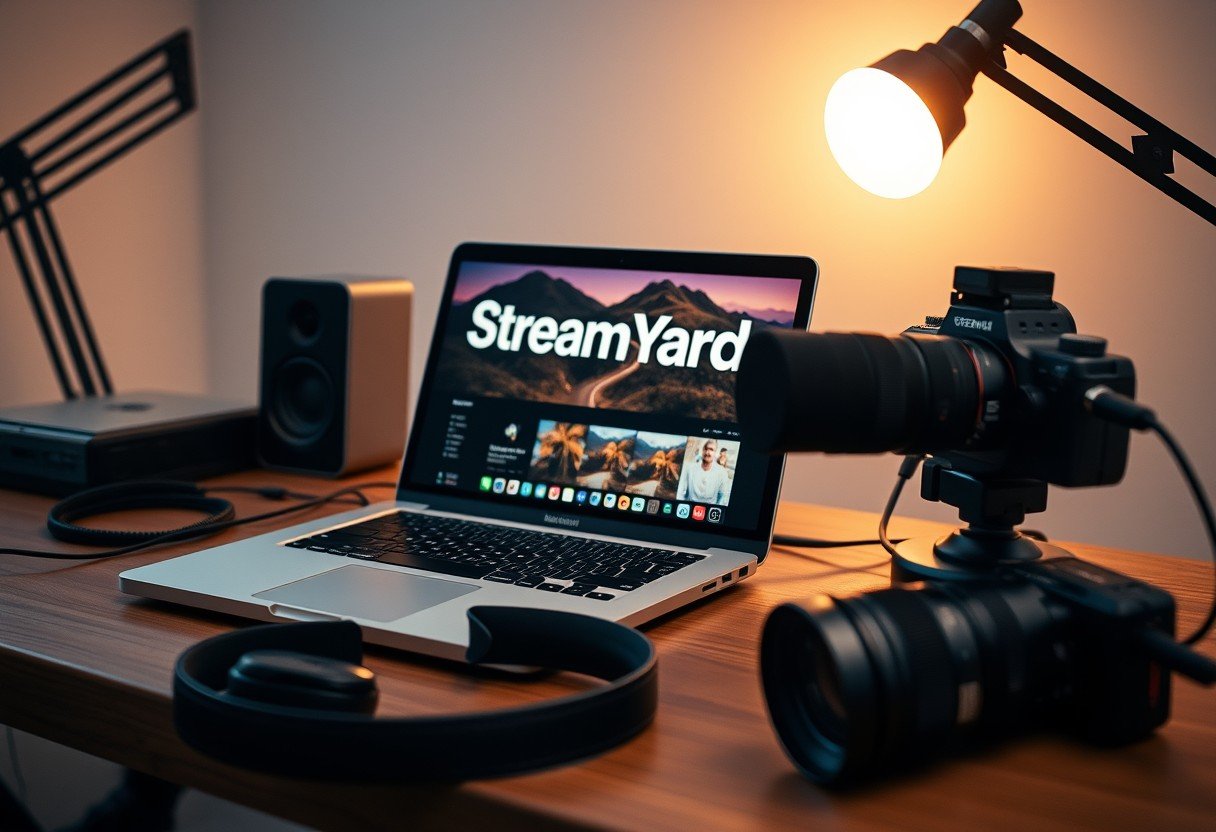A non-working microphone on your Surface Pro can be a major headache, disrupting everything from important work calls to recording audio. If you’re struggling with poor sound quality or a mic that isn’t picking up your voice, you’re in the right place. This guide will walk you through simple methods to test your microphone, pinpoint the problem, and apply quick fixes to get you sounding crystal clear again.
Why You Should Test Your Surface Pro Microphone
Proactively testing your microphone is crucial for effective communication. Whether you are in a professional meeting, an online class, or recording a voiceover, ensuring your audio is clear prevents misunderstandings and frustration. A quick test can save you from discovering a problem in the middle of an important conversation.
Common issues like low volume, distorted sound, or a completely unresponsive microphone often stem from simple software settings, outdated drivers, or even blocked microphone ports. Identifying the root cause early makes the fix much easier.
Surface Pro devices come equipped with different types of microphones designed to capture high-quality audio. Understanding which type your device has can help you troubleshoot more effectively.
| Microphone Type | Description |
| Array Microphone | Uses multiple mics to reduce background noise and focus on your voice. |
| Directional Microphone | Captures sound primarily from the direction it is pointed. |
| Omnidirectional Microphone | Picks up sound equally from all directions around it. |
| Digital Microphone | Converts audio into a digital signal for clearer sound processing. |
Getting Ready for a Flawless Microphone Test
Before you begin testing, a little preparation can ensure you get accurate results. The goal is to eliminate outside factors so you can determine if the issue is with the microphone itself or something else.
Start by finding a quiet location. Background noise from televisions, fans, or traffic can interfere with the test and make it difficult to assess your microphone’s true quality. A quiet room is the best setting for a clear test.
Next, check your hardware. If you’re using an external microphone, ensure it is securely plugged into the correct port. For Bluetooth microphones, confirm they are properly paired with your Surface Pro and fully charged. Your device must also have the latest version of the operating system and drivers to function optimally. You can check for this by going to Settings and selecting Windows Update.
A Simple Step-by-Step Guide to Test Your Microphone
Windows includes a built-in tool that makes testing your microphone incredibly simple. This should be your first step in diagnosing any issue, as it quickly tells you if the hardware is picking up sound.
Follow these steps to perform the test:
- Click on the Start menu and open Settings (the gear icon).
- Navigate to the System section and then click on Sound.
- Look for the Input section on this page. Make sure your desired microphone is selected from the dropdown menu.
- Speak into your microphone at a normal volume. You should see a blue bar under “Test your microphone” move as you talk.
If the bar moves, it means Windows is detecting your voice, and the microphone hardware is working. If the bar remains still, there may be a connection, driver, or permission issue that needs to be addressed.
Using Other Apps to Check Your Microphone’s Health
If the built-in test works but you still have problems in specific applications, you can use other software to get more insight. The pre-installed Voice Recorder app is a great starting point.
Simply open Voice Recorder, record a short audio clip of yourself speaking, and then play it back. This allows you to hear exactly what your microphone is capturing, including its clarity and volume. It’s a practical way to judge the real-world audio quality.
Communication apps like Zoom, Skype, or Microsoft Teams are also excellent for testing. These applications often have built-in features to check microphone continuity and even adjust sound settings. Most of them include an audio test feature in their settings menu, where you can speak and hear a playback to confirm everything is working before you join a call.
Troubleshooting Common Surface Pro Microphone Problems
If your microphone is not working, don’t worry. Most issues can be resolved with a few simple troubleshooting steps. Start with the most common culprits before moving on to more complex solutions.
Here are the first things you should check:
- Check App Permissions: Go to Settings > Privacy > Microphone. Ensure the toggle for “Allow apps to access your microphone” is turned on. You can also grant or deny permission for individual apps here.
- Run the Troubleshooter: In the Sound settings menu, scroll down and click the “Troubleshoot” button under the Input section. Windows will automatically try to diagnose and fix common audio recording problems.
- Update Your Drivers: Outdated audio drivers are a frequent cause of microphone issues. Open Device Manager, find your audio device, right-click it, and select “Update driver.”
If you’re using an external microphone, try plugging it into another device to see if the problem is with the microphone itself. This helps you determine whether you need to fix your Surface Pro’s settings or replace the external hardware.
Tips for Crystal-Clear Audio Quality
Getting your microphone to work is one thing; making it sound great is another. To achieve the best audio quality, you need to consider both your software settings and your physical environment.
In your Sound settings, you can adjust the input volume. If people say you sound too quiet, try increasing this level. If they hear distortion, it might be too high. Finding the right balance is key for clarity. Any changes you make in the environment can greatly affect how well your microphone performs.
Testing in a room with soft surfaces like carpets and curtains can reduce echo, which significantly improves audio quality. Also, try to minimize competing noises by turning off fans or closing windows. The distance between you and the microphone also matters, so experiment to find the sweet spot for volume and clarity.
How to Properly Maintain Your Surface Pro Microphone
Like any other component of your device, the integrated microphones on your Surface Pro require care to perform at their best. Regular maintenance can prevent the gradual decline of audio quality and extend the life of your hardware.
Physical care is straightforward but important. The microphone openings, usually located near the cameras, can get clogged with dust and debris. Gently wipe the area with a soft, lint-free cloth. For stubborn particles, you can use a can of compressed air, but be sure to spray from a distance to avoid damaging the sensitive components.
Keeping your software updated is just as crucial. Regular software updates from Microsoft often include improved audio drivers and bug fixes that can resolve microphone issues. By making cleaning and updating a part of your routine, you ensure your microphone is always ready for clear and reliable performance.
Frequently Asked Questions about Surface Pro Microphones
What do I do if the microphone test bar doesn’t move?
If the test bar is still, first check that your microphone is selected as the input device and not muted. Then, verify app permissions in Privacy settings and try running the Windows audio troubleshooter.
How can I improve my microphone’s sound quality on a Surface Pro?
To improve audio quality, test in a quiet room with minimal echo, adjust your input volume in Sound settings, and ensure your audio drivers are up to date. Speaking clearly and directly toward the microphone also helps.
Why can’t a specific app access my microphone?
This is usually a permissions issue. Go to Settings > Privacy > Microphone and make sure the specific app you are trying to use has permission to access your microphone. The toggle next to its name should be on.
Can I use an external microphone with my Surface Pro?
Yes, you can easily use an external microphone via the USB port, headphone jack, or Bluetooth. Once connected, make sure you select it as the default input device in the Sound settings menu.









Leave a Comment